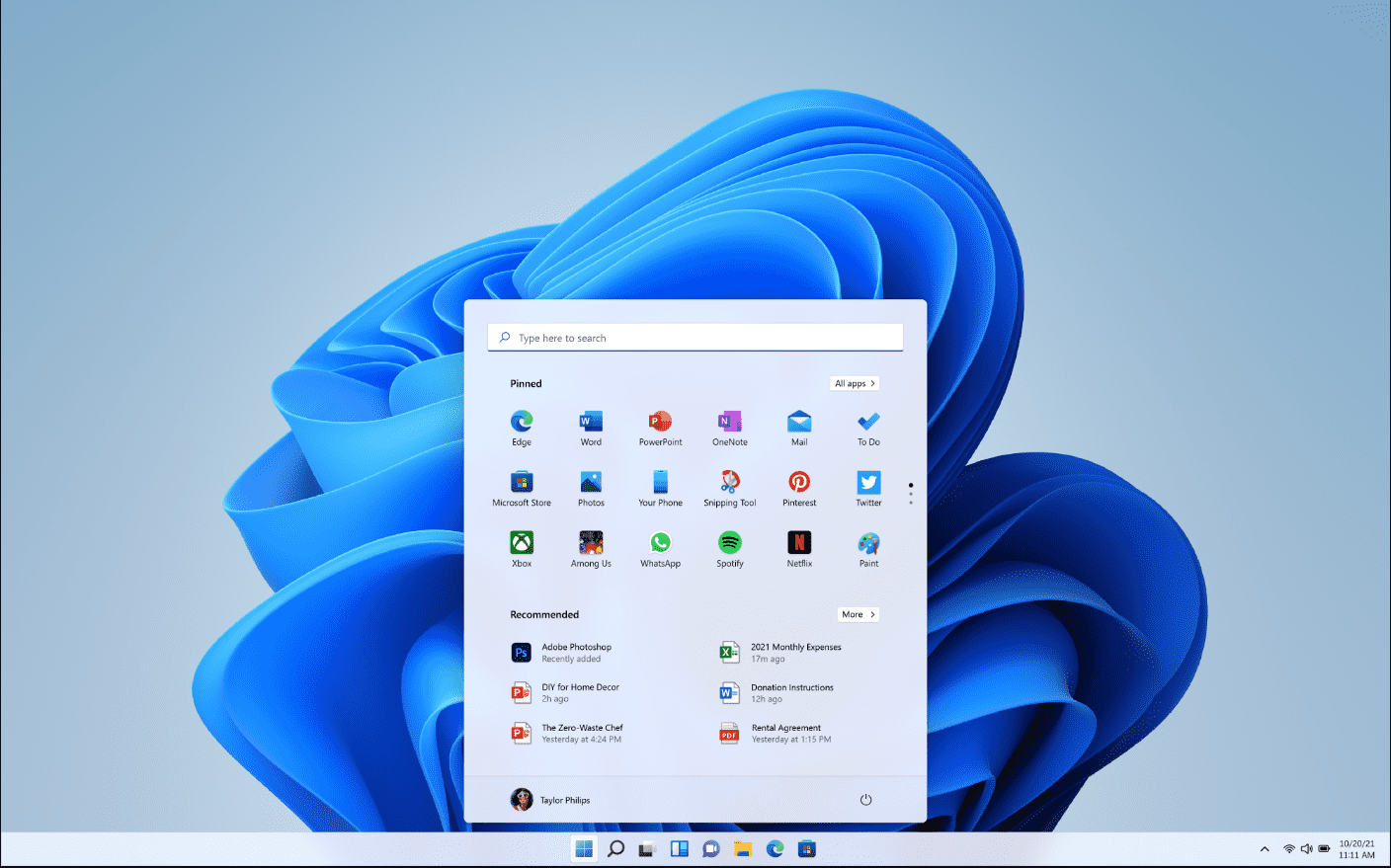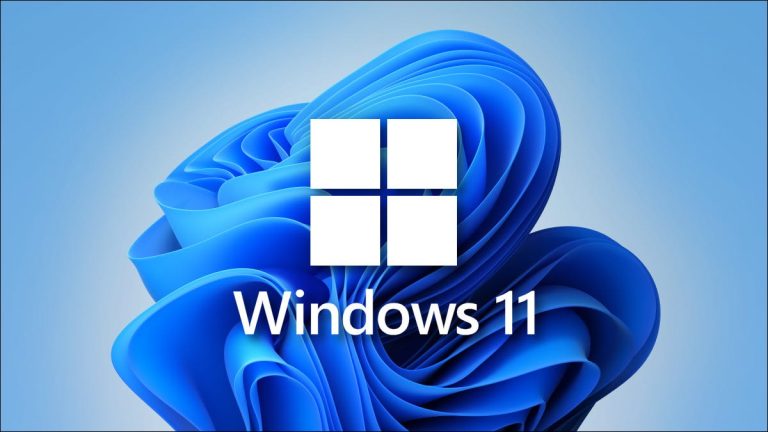
Somewhere deep within the recesses of Windows, a relic of the early 1990s still endures — a file named moricons.dll, weighing a mere 12 kilobytes. This tiny icon library, first introduced during the Windows 3.1 era, contains dozens of pixelated images created for legacy MS-DOS applications such as Turbo Pascal, Lotus 1-2-3, WordPerfect, and even Sidekick 2.
Microsoft developer Raymond Chen, in his blog The Old New Thing, recounts how these icons became part of the system. In the days of Windows 3.0, DOS programs could run in a windowed environment, and a dedicated utility scanned the disk for known executable files, generating a Program Information File (PIF) for each — initially assigning a plain gray “DOS” icon. With the release of Windows 3.1, this approach evolved: more visually appealing icons were introduced. Initially stored in progman.exe, they were soon relocated to a standalone library aptly named moricons.dll — short for “more icons.”
Curiously, even Windows 11 still retains this file. Despite the discontinuation of MS-DOS application support in the 64-bit version of Windows, the library lives on. According to Chen, much of the transition to 64-bit was “mechanical,” and no one saw the need to remove such a small file — after all, someone might still be using those icons.
The story of moricons.dll stands as a quiet testament to Microsoft’s enduring commitment to backward compatibility. In essence, if the icons occupy only 12 kilobytes, why bother deleting them? Let them remain.
